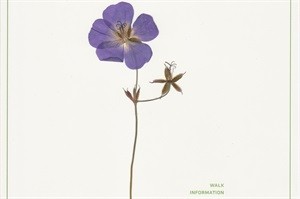Pipe Dream
29 Jan - 25 Mar 2015
PIPE DREAM
29 January - 14 March 2015
Participating artists:
Aeron Bergman and Alejandra Salinas, Eva Engelbert, Fokus Grupa, Claire Fontaine, Maja Hodošček, Amalia Pica, Pilvi Takala
Curated by Irena Borić
(Curator in Residence of Bundeskanzleramt Kunst I Kultur and KulturKontakt Austria)
The exhibition Pipe Dream examines the ambiguous role of political potential in art practices. Rather than posing a question about socially engaged art practices, this exhibition unfolds modes of thinking differently about the political – ideas that investigate meaning and negotiate the political through modest gestures, intimate refusals, and fictional stories. These intangible loopholes map out a new territory between existing paradigms, where a “new language” of resistance can come into being. However, these ephemeral strategies – only recognisable to the curious observer – risk that the actual political potential goes unseen or is perceived as an empty signifier. Is it perhaps meant to stay a pipe dream or is there hope for this make-believe scenery to come true? But for the protagonist of this seemingly fictional construct it is quite real. Precisely these shady outlines of a different world, a different way of seeing things, might shift into yet unimagined directions – and art can facilitate such cutting-edge designs.
Kindly supported by Slowenisches Kulturinformationszentrum SKICA.
29 January - 14 March 2015
Participating artists:
Aeron Bergman and Alejandra Salinas, Eva Engelbert, Fokus Grupa, Claire Fontaine, Maja Hodošček, Amalia Pica, Pilvi Takala
Curated by Irena Borić
(Curator in Residence of Bundeskanzleramt Kunst I Kultur and KulturKontakt Austria)
The exhibition Pipe Dream examines the ambiguous role of political potential in art practices. Rather than posing a question about socially engaged art practices, this exhibition unfolds modes of thinking differently about the political – ideas that investigate meaning and negotiate the political through modest gestures, intimate refusals, and fictional stories. These intangible loopholes map out a new territory between existing paradigms, where a “new language” of resistance can come into being. However, these ephemeral strategies – only recognisable to the curious observer – risk that the actual political potential goes unseen or is perceived as an empty signifier. Is it perhaps meant to stay a pipe dream or is there hope for this make-believe scenery to come true? But for the protagonist of this seemingly fictional construct it is quite real. Precisely these shady outlines of a different world, a different way of seeing things, might shift into yet unimagined directions – and art can facilitate such cutting-edge designs.
Kindly supported by Slowenisches Kulturinformationszentrum SKICA.

